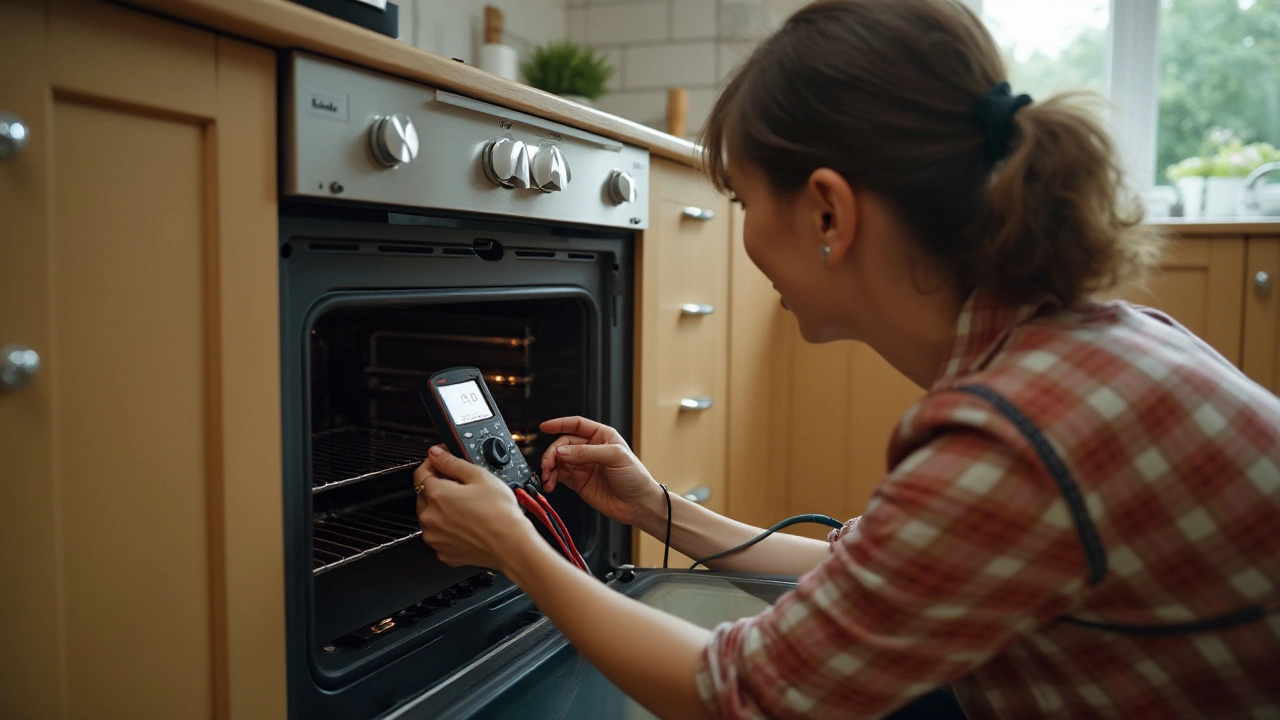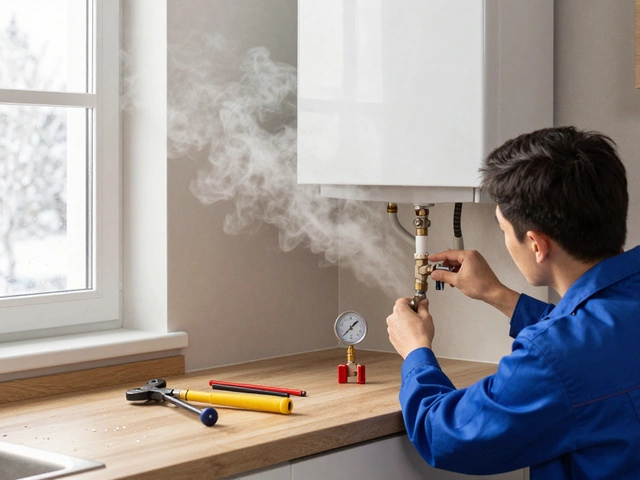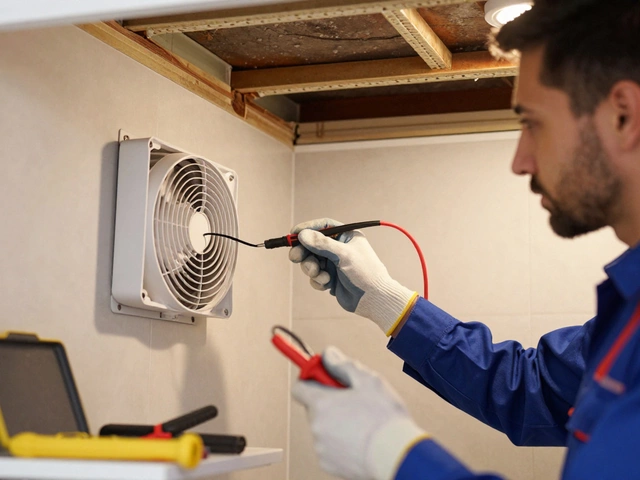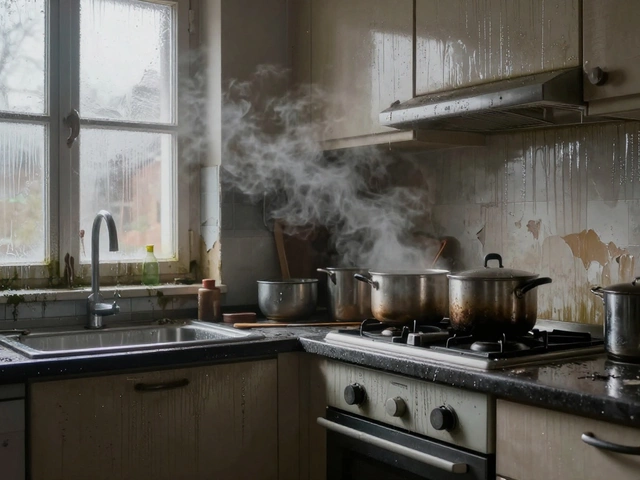Electric ovens have become the heart of modern kitchens, heating up mealtimes with precision and ease. Yet, like any diligent workhorse, they aren't immune to the odd hiccup or two. From temperature tantrums to elements that simply refuse to heat, these trusty appliances can experience a range of issues that might leave you scratching your head.
Before you start envisioning that bigger repair bill, it’s good to know that not all oven issues require a professional. With a little guidance, the common faults of electric ovens can be more approachable than they appear. Let's tackle some of those frequent troubles and find simple, effective solutions to keep your oven baking like a pro.
Temperature Issues
Your electric oven is supposed to be the dependable part of your kitchen where culinary dreams come to life. But what happens when it starts behaving like a rebellious artist? One moment it is too cold, the next it is burning everything in sight. Consistent temperature issues can make meal preparation a guessing game. Often, these issues stem from the thermostat, the tiny but mighty part of your oven tasked with maintaining that steady heat.
The thermostat's main job is to regulate the oven’s temperature, but when it starts to malfunction, temperature swings can begin. You might notice your dishes coming out undercooked or scorched. Sometimes, simply recalibrating the thermostat can do wonders, and this doesn’t always require a professional. Many ovens have a manual adjustment dial, usually hidden behind the temperature knob itself. A slight turn is all it may take.
Yet, you might also have a sensor issue on your hands. The temperature sensor works like the eyes of the oven, keeping tabs on how hot things are. If dirty or damaged, it may send faulty readings to the oven's control board. Cleaning it with basic soap and water can sometimes solve the problem. However, if damage is visible, a replacement is the smarter route as a faulty sensor can lead to more significant problems if left unchecked.
Then there is the issue of aging heating elements. Over time, they can wear out, struggling to hit desired temperatures. Inspect these elements visually; a common sign is visible wear or breaks. Once spotted, these parts can be replaced rather than repaired, often bringing the oven back to life with the right steady heat.
According to Home Appliance Specialists, "A consistently problematic oven might not need full replacement, but simply some TLC focused on the critical heating components and sensors."
And let's not forget the loathed door seal leaks, causing all your hard-earned heat to escape rapidly. If you notice your oven struggling to heat up, check for any gaps or cracks in the door seal. A compromised seal is often overlooked, but re-sealing can mean the world of difference in keeping temperatures right where they should be.
If you’ve tackled all these areas and still find yourself dealing with temperature volatility, consult your oven's manual for any specific fault codes. Those codes could be the clues to what really needs the fixing. Regular maintenance, like giving your appliance a good clean, should not be underestimated. Remember, a troubleshooting approach is always best before heading straight to the repair specialist.

Faulty Heating Elements
One of the most common issues that causes headaches with electric oven repair is a malfunctioning heating element. These essential components are the unsung heroes of your meal prep, transforming electrical energy into the heat that bakes bread and roasts chicken to golden perfection. When they don’t work as they should, the oven either refuses to heat up or heats unevenly, leaving you with cold spots in your lasagna or undercooked cookies. The root of most heating element problems lies in the wear and tear that naturally occurs from years of use.
At times, oven faults related to the heating elements can be obvious—like a visible break or a distinct orange hue missing when you turn the appliance on. Other times, the symptoms are more subtle, requiring a keen observation. Those odd sizzling noises or sudden unexplained temperature drops might just be your oven hinting something's amiss within its metallic heart. Before jumping to conclusions, simple troubleshooting can often shine a light on the exact problem.
Replacing a faulty heating element is not a task reserved solely for professionals. In fact, it can be an accessible DIY project if approached with care and a respect for electrical safety. Start by turning off the power to the oven at your home’s circuit breaker. Once safe, remove the screws that hold the faulty element in place. After unraveling the element from its storage, detach it from the wires connecting it to your oven’s power source. Swap in your new component by reversing the process, ensuring all connections are as snug as a comforting hug.
While navigating through troubleshooting ovens, it's important to double-check which element—whether broil at the top or bake at the bottom—needs replacing. This will ensure you get the right fit from your local hardware store. Knowing the model number of your oven also makes this exercise a lot smoother, saving you multiple trips and potential frustration. Consider jotting this number down somewhere handy before starting the repair process.
As noted by appliance expert Dr. Emily Rohn in The Appliance Blog, "Checking and replacing a malfunctioning heating element in your electric oven is often more straightforward than most people assume, changing the narrative around home repairs."
Continuing down the checklist, if replacing the element doesn’t resolve the issue, the problem may lie deeper within your oven’s controls, such as the temperature sensor or thermostat. In such cases, consulting with a technician might be the best course of action. Occasionally, a problem that appears to be with the element may actually be linked to faulty wiring—a situation best handled by those familiar with the electrics that power our homes.
When dealing with heating elements, never underestimate the value of routine maintenance. Regular cleaning to prevent buildup from burning and causing uneven heating can prolong the life of these components. An oven that receives consistent care is less likely to surprise you with sudden failures, keeping dinners running smoothly and holiday meals a roaring success.

Electrical Malfunctions
When it comes to electric oven repair, one of the most daunting issues homeowners face is dealing with electrical malfunctions. These problems can arise from a variety of sources, but their effect is always the same—they prevent your oven from working as it should. Before delving deep into the heart of these glitches, it's crucial to remember that safety should always be your top priority. Dealing with electricity requires care and attention.
One common source of electrical problems in ovens is faulty wiring. Over time, wires can become frayed or damaged, often due to the heat generated by the oven or simply by the passage of time. This can lead to short circuits or even power failures. It's important to inspect the wiring periodically and look for any visible signs of wear and tear. If you notice anything concerning, like exposed wires or burn marks, it’s wise to consider seeking professional help.
An integral part of the electric oven that often encounters issues is the thermostat. The thermostat regulates the heat inside the oven, and when it malfunctions, it can lead to cooking disasters. You might find that your food isn’t cooking evenly or that the oven temperature is not what you set. Testing the thermostat with a multimeter can reveal if it’s functioning properly. If the readings are off, replacement is often the most viable option.
A frequent suspect in troubleshooting ovens are the fuses. Just like in homes, ovens have fuses that protect them from electrical surges. If you've suddenly found yourself with an unresponsive oven, a blown fuse could very well be the culprit. Replacing a blown fuse is relatively straightforward, but remember to check the oven's manual to purchase the correct type.
According to a survey by the Appliance Repair National Network, "over 35% of homeowners face electrical issues within the first five years of electric oven use," highlighting just how prevalent these faults are. Ensuring that your oven is properly installed and connected can mitigate many of these concerns. Moreover, periodic maintenance can go a long way in preventing minor hiccups from becoming significant headaches.
If the electrical malfunctions persist after checking these components, the issue might lie within the oven’s circuit board. Known as the ‘brain’ of the oven, the circuit board controls a multitude of functions. Any disruption here can lead to a non-functional oven. While some might attempt a DIY approach, considering the complexity of circuit components, enlisting professional services is often the best move. They have both the expertise and the necessary tools to diagnose and repair faults without further damage.
In our daily lives, where convenience is prized, having a malfunctioning oven can throw a wrench in the works. However, understanding these common electrical issues and knowing how to address them can make a world of difference.
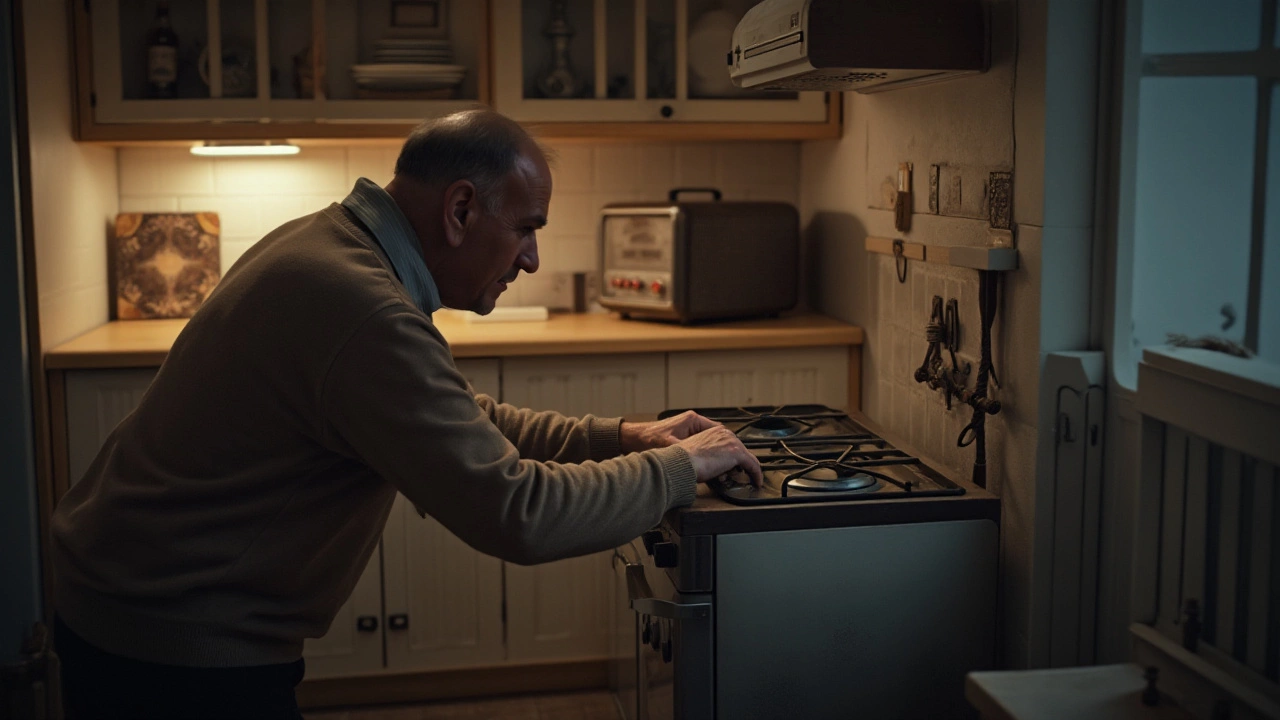
DIY Troubleshooting Tips
Every household appliance has its own quirks, and for many, an oven is the centerpiece of their kitchen. If your electric oven starts acting up, don’t immediately rush to call a repair technician. With a bit of courage and some simple instructions, many common faults can be resolved right from your home. But first, safety is paramount when dealing with any appliance, especially those that involve electricity and heat. Always turn off the power supply before diving into any troubleshooting—better safe than sorry!
One of the usual suspects when it comes to electric oven repair is the oven not heating up properly. This could be down to anything from a faulty heating element to malfunctioning thermostat controls. Start by checking the bake and broil elements to see if they're the culprits. Inspect these parts carefully; burned-out elements often look visibly damaged or may not glow red when turned on. In such cases, replacement can be fairly straightforward and can usually be done with a screwdriver and some patience.
"Many homeowners shy away from DIY oven repair, but often, the solutions are simpler than you might think," says a representative from Appliance Experts, a leading name in kitchen appliance repairs.
Another common issue is the oven door that refuses to shut properly. This can lead to heat escaping and uneven cooking. Examine the door seal for any damage. A torn or worn-out gasket may need to be replaced for the door to seal correctly and trap the heat inside. Also, check the door hinges; sometimes, all they need is a bit of tightening or replacement to solve this problem.
If you're facing electrical malfunctions, your first line of defense is to check the circuit breaker. Sometimes the breaker might trip, causing your oven to turn off. Reset the breaker and see if that fixes the issue. If not, there could be a problem with the oven’s wiring, which, if you’re uncomfortable handling, should be checked by a professional. Keep a watchful eye for error codes flashing on the display, as these can often point you directly to the issue.
Finally, regular maintenance can go a long way in keeping your oven running smoothly. Clean spills and food debris regularly to prevent fire hazards and odors. Consider setting a routine check every few months to inspect cords, elements, and seals for wear and tear. If you notice anything suspect, even if the oven seems to be working fine, take a proactive approach and address these issues promptly.

